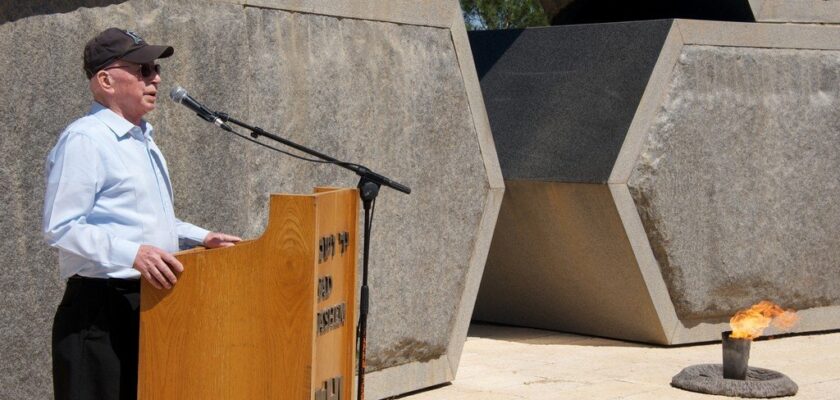Yad Vashem Museum
Yad Vashem is a museum dedicated to the memory of the horrific and devastating holocaust (“shoah” in Hebrew).Inside the museum, exhibits recount the horrors of one of the world’s worst cases of genocide. The long museum complex is designed as a journey through the events of the Holocaust, and the exhibits are sincere, moving, and sometimes shocking. Nevertheless, it is a very important episode in Israel’s history and in the lives of many Israelis. In stark contrast to the museum is the Garden of the Righteous of the World, and in the round hall of the Central Archive of Holocaust Victims, photographs of the victims are displayed.
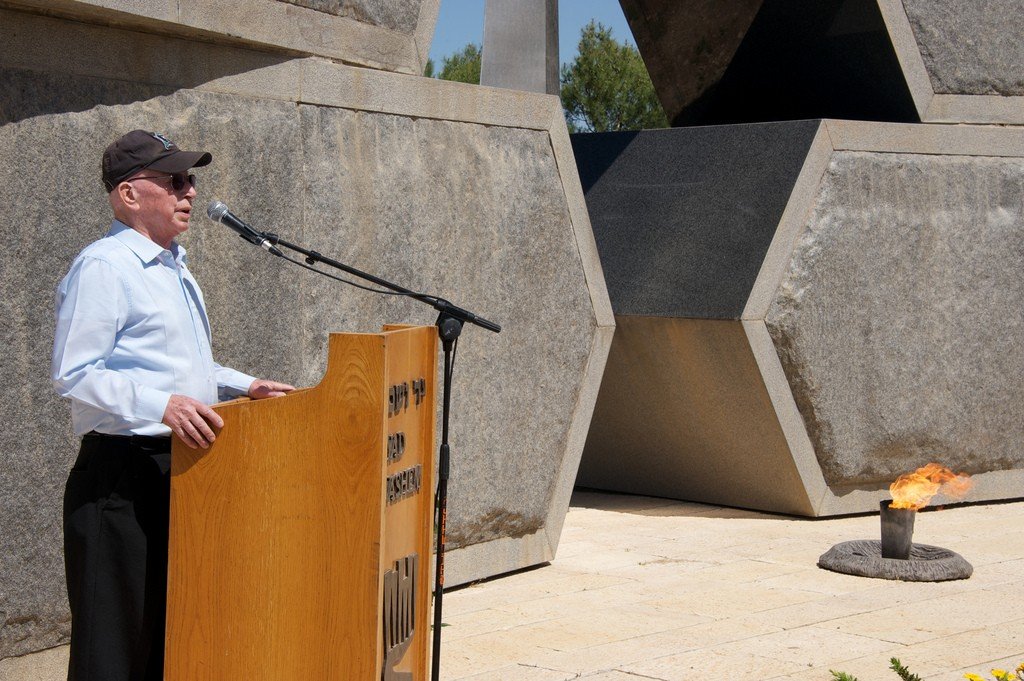
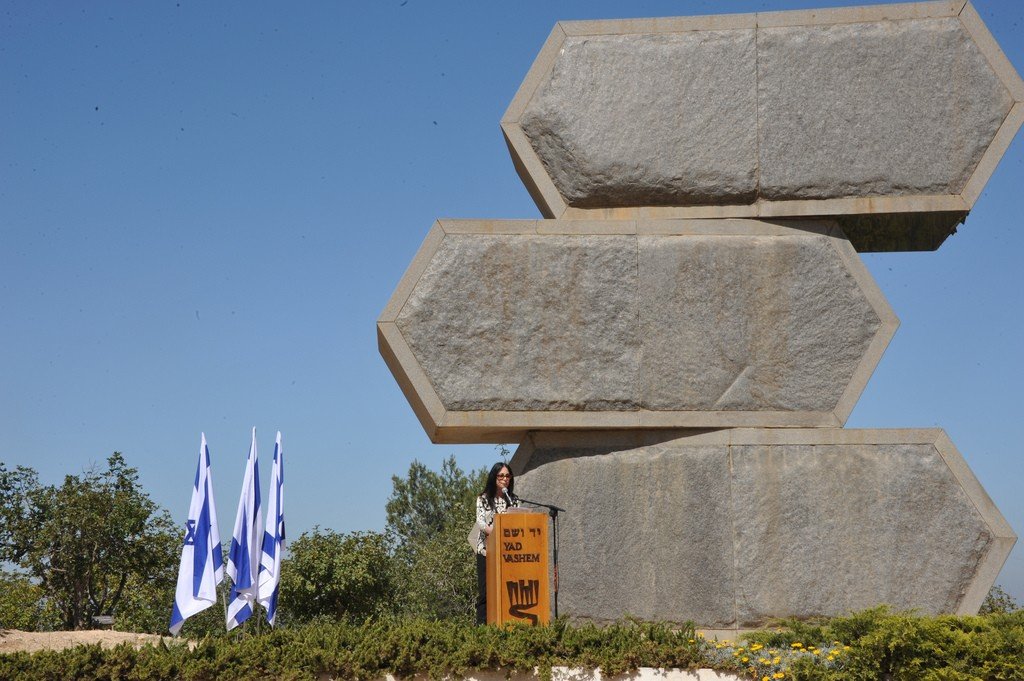
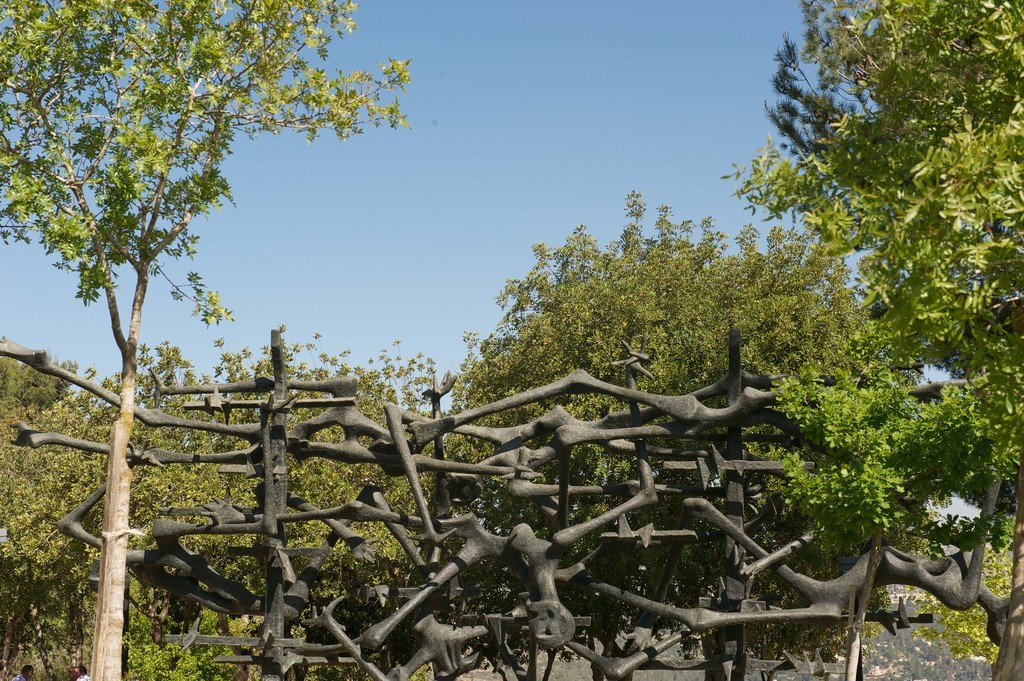
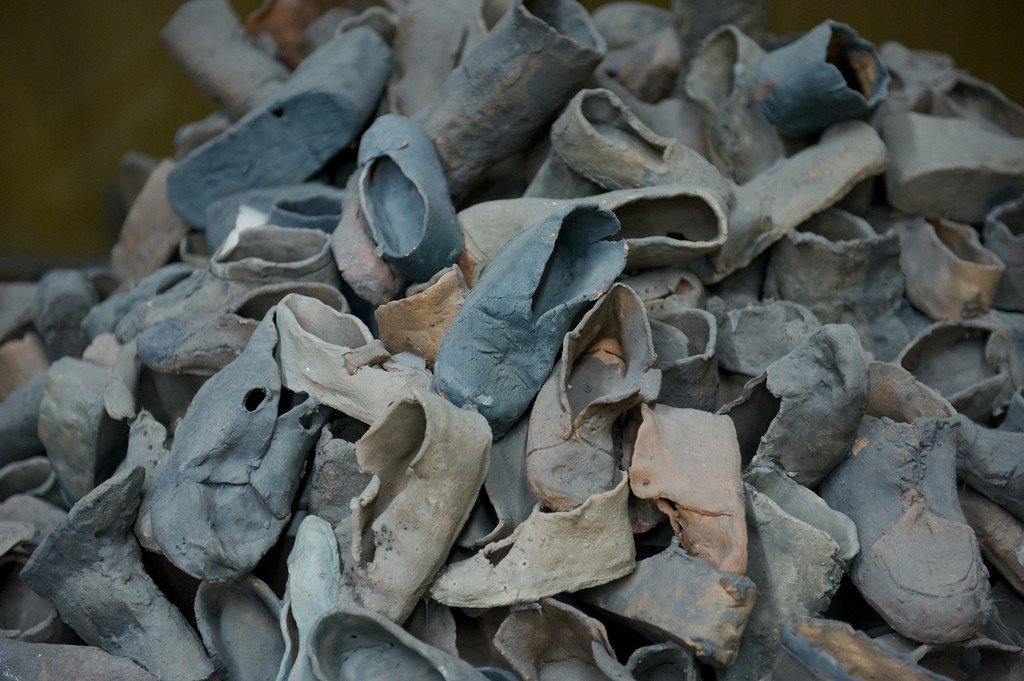
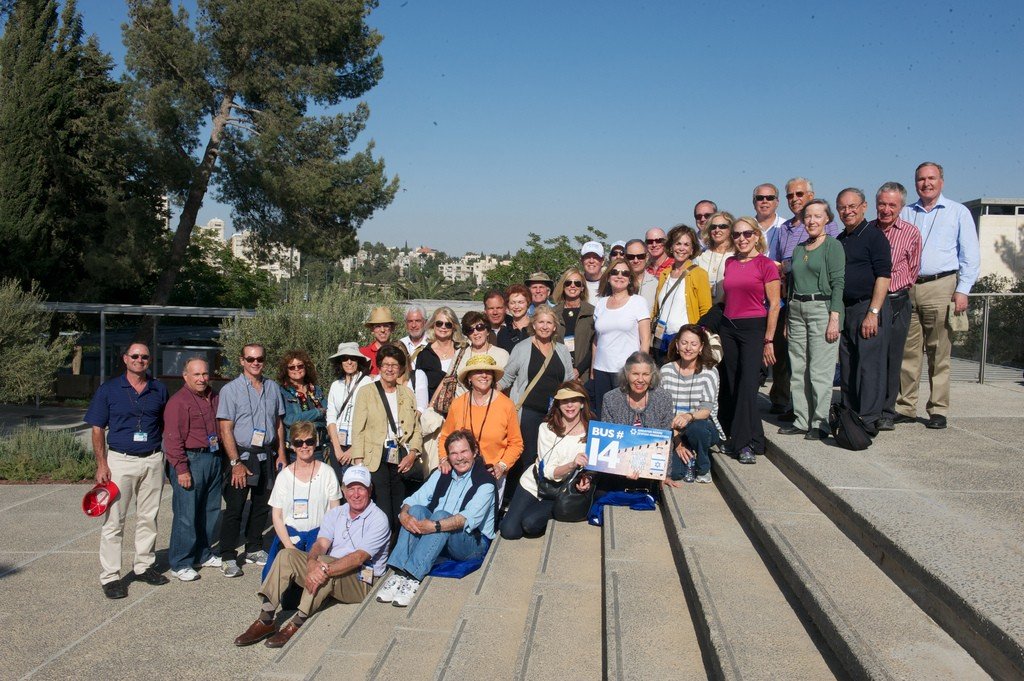
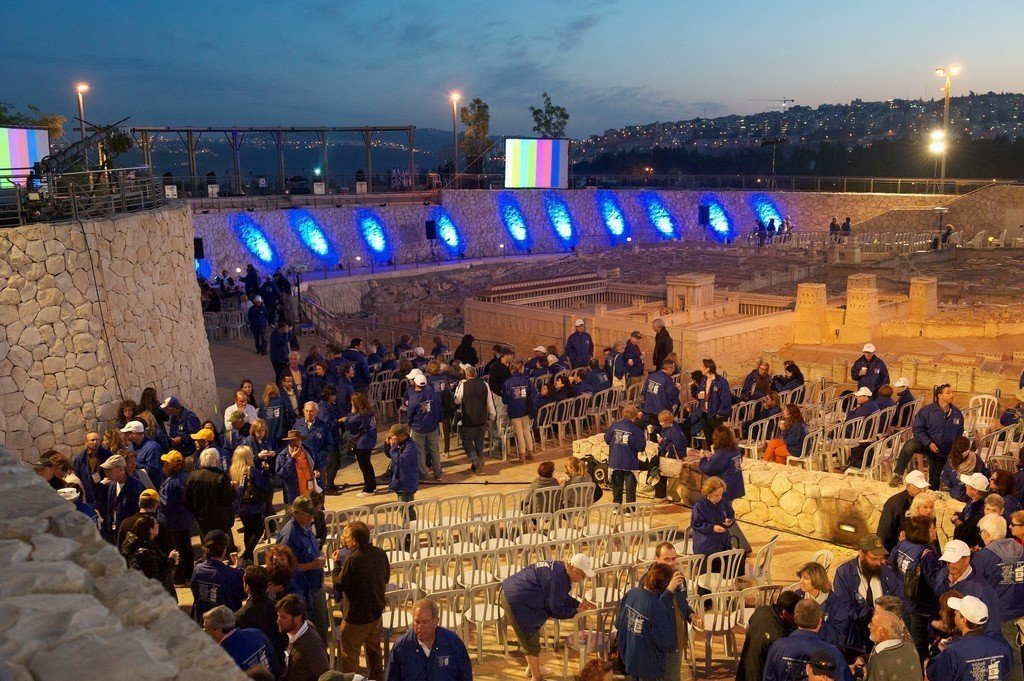
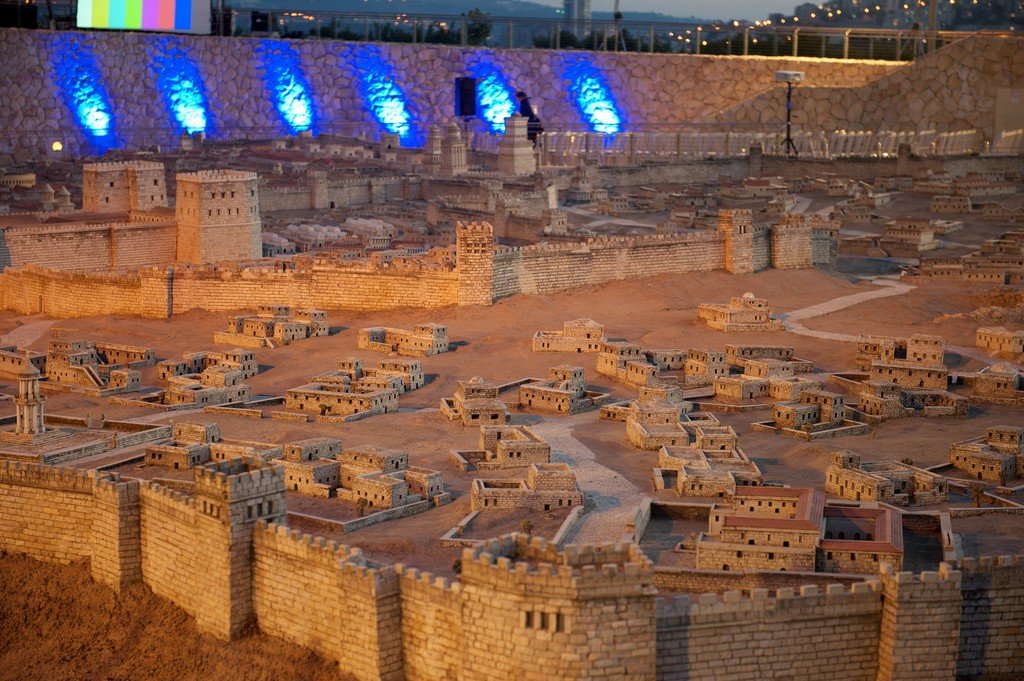
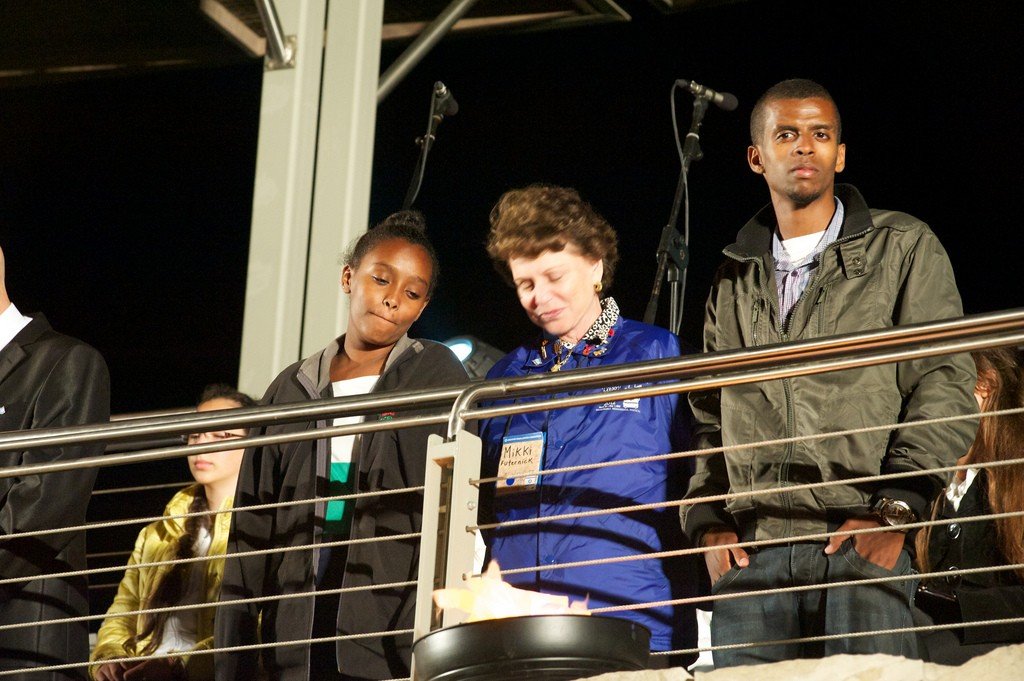
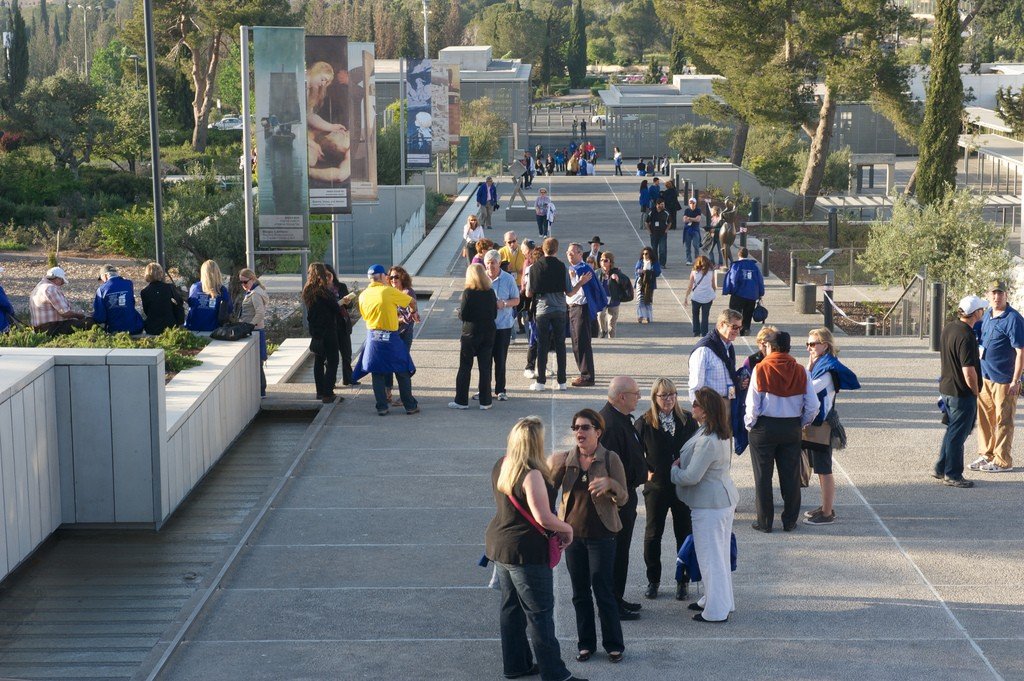
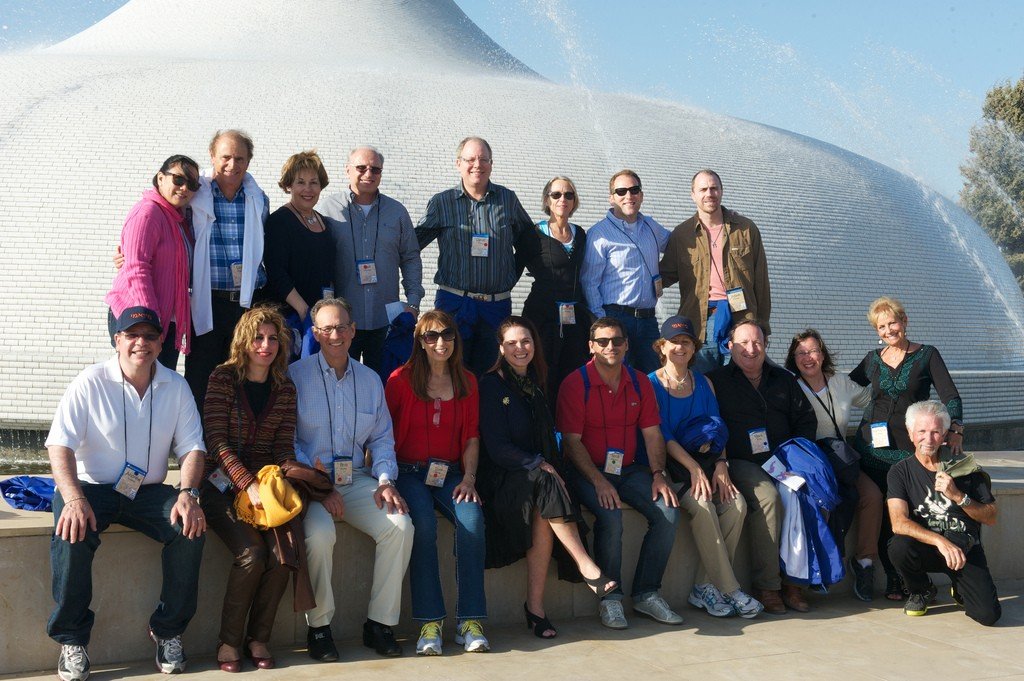
General information
Yad Vashem was opened in 2005, with dozens of heads of state attending the event. The free-entry memorial was created to tell the world about the near annihilation of the Jewish people. The halls filled with shoes, clothing and human hair send chills down your spine, while the chronological account of the events leading up to the Holocaust paints the historical picture you need to understand. At the end of the museum is the Hall of Names, where the faces of murdered people stare back at you from the vaulted ceiling. Relatives can find their ancestors in an archive created specifically to name all the victims by name.
Herzl Boulevard.Tel: (02) 644-34-20.www.yadvashem.org.Open: Mon-Sat 9.00-17.00, Fri 9.00-20.00, Fri 9.00-14.00.Entrance is free (children under 10 years old are not allowed).Buses: 13, 16-18, 20-27.
.In memory of the Holocaust
The word “Holocaust” evokes strong feelings around the world, but especially in the state of Israel. In a country whose majority of residents were affected in some way by the genocide that wiped out a third of Europe’s Jewish population, the wounds are still too fresh.
The Naists who came to power in Germany in 1933 were convinced of their racial superiority and saw other peoples, including Jews, as a threat to their ideals. At the time of their rise to power, there were about 9 million Jews living in Europe, many of them in countries that would be occupied by Nazi Germany during World War II.
.
By the end of the war, the Nazis had murdered about 6 million European Jews, as well as millions more, including homosexuals, Gypsies, disabled people, Jehovah’s Witnesses, Soviet citizens, and Communists – as part of the so-called Final Solution. Millions were moved to concentration camps set up in Germany and Poland and then sent to gas chambers. .Survivors of the holocaust (Greek for burnt offering) were left alone as the world they knew and the people who inhabited it no longer existed. Between 1948 and 1951, 136,000 Jews from Europe emigrated to Israel. Many fled to the United States and elsewhere, and by 1957 many of Europe’s Jewish communities had ceased to exist.
.
Today in Israel, the Holocaust remains an extremely sensitive subject, and the past decades have not healed the wounds inflicted on the people, their religion and culture. The remembrance of this tragedy is very important, and Holocaust Remembrance Day is one of the main dates on the Israeli calendar. It is a national day off when the entire country literally comes to a standstill, honoring the ancestors, relatives and friends who perished.
Television channels broadcast documentaries and feature films about the Holocaust. As hard as it is to watch them, they are necessary for the younger generation to realize the horror of the tragedy. Prayers and family meetings on this day are permeated with sadness. At precisely 11.00, all the people of the country fall silent for two minutes. It seems as if a “pause” button has been pressed: cars stop on the freeways, pedestrians freeze at the zebra, and silence descends on the country.
.